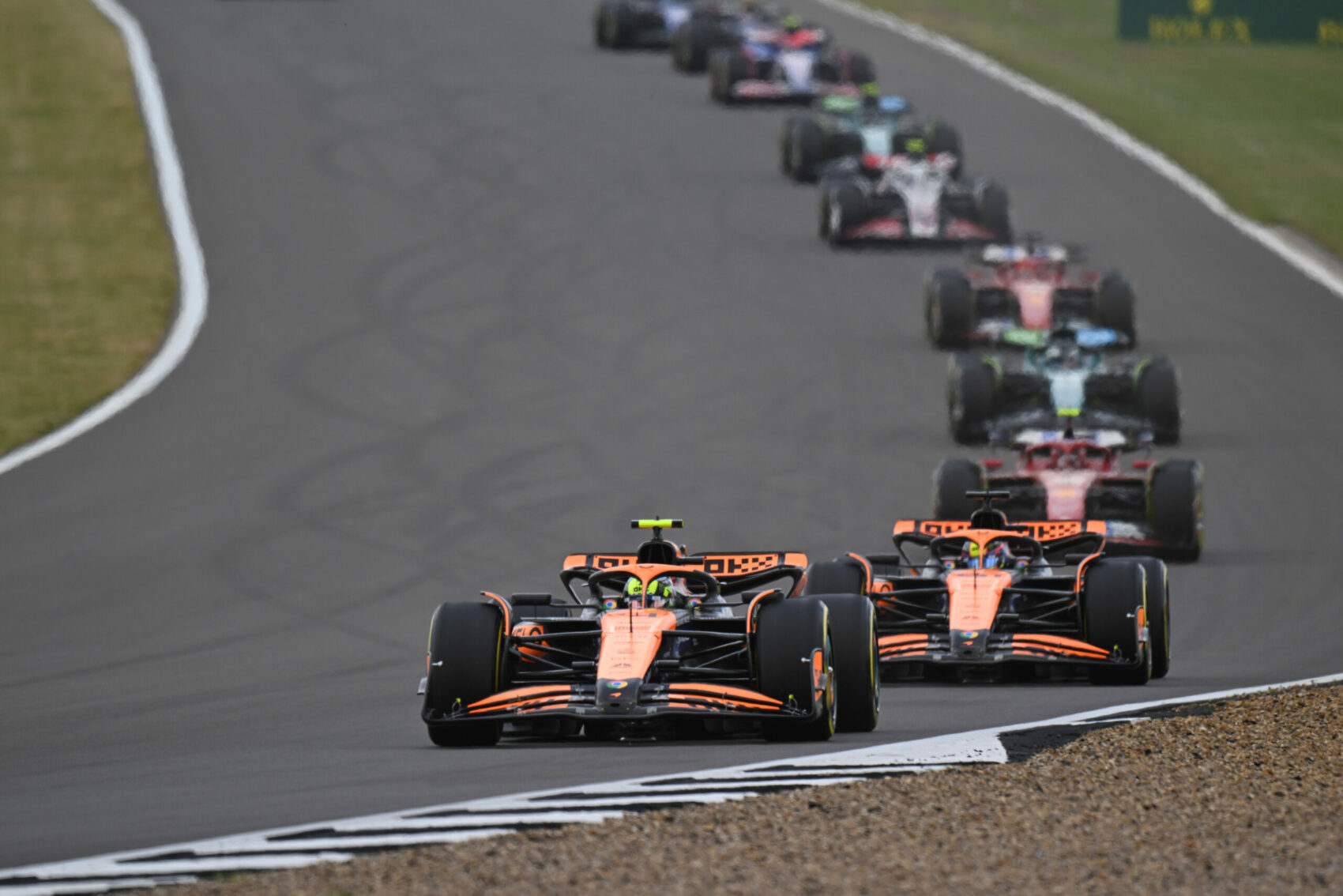The Formula One Commission took a major decision on issues relating to the next two seasons during its meeting on Tuesday.
One of the most important issues before the decision-making body, made up of representatives from the FIA, the FIA and the teams, which has been discussed for months, was the draft change to the Formula 1 points system. After the first races of the season – when it still looked like the top five teams could share the top ten places between them – there was a demand, mainly from the teams at the back of the field, that the number of points-scoring positions should be increased from the current 10 to 12 – while others thought more and argued that the number of precious positions could be expanded more widely.
However, the amendment project was ultimately rejected – according to the FIA, representatives voted unanimously in favour of keeping the current points system, which has been in place essentially since 2010, and has since been modified with the fastest lap in 2019 and sprint races starting in 2021.
But there has been another change for 2025: the minimum weight for competitors will rise from 80 to 82 kg, and with them the total weight of the cars will rise from 798 kg to almost 800 kg. The reason was the health of the competitors, so they will no longer have to follow strict diets that even affect their physical fitness. At the same time, the decision contradicts the FIA's stated intention to reduce the weight of the cars – regardless, this is still planned for the new cars starting with the rule changes for 2026.
The decision for 2026 is to significantly increase the number of pre-season testing days: this year it was only three, and it will be the same next year, but in the new era, divided into three parts, the field can start with a total of nine testing days – the advent of new technology makes this justified, so the teams will have more time to get to know their cars and eliminate possible errors.
In years of cost constraints, that nine testing days is an unusually large amount—the last time the field was given at least that much time to prepare was in 2015, when a total of 12 days were allocated for mass testing.
The Gold, Silver and Bronze Grandstands will be closed – pay attention to where you buy your ticket for the 2025 Hungarian Grand Prix!












































